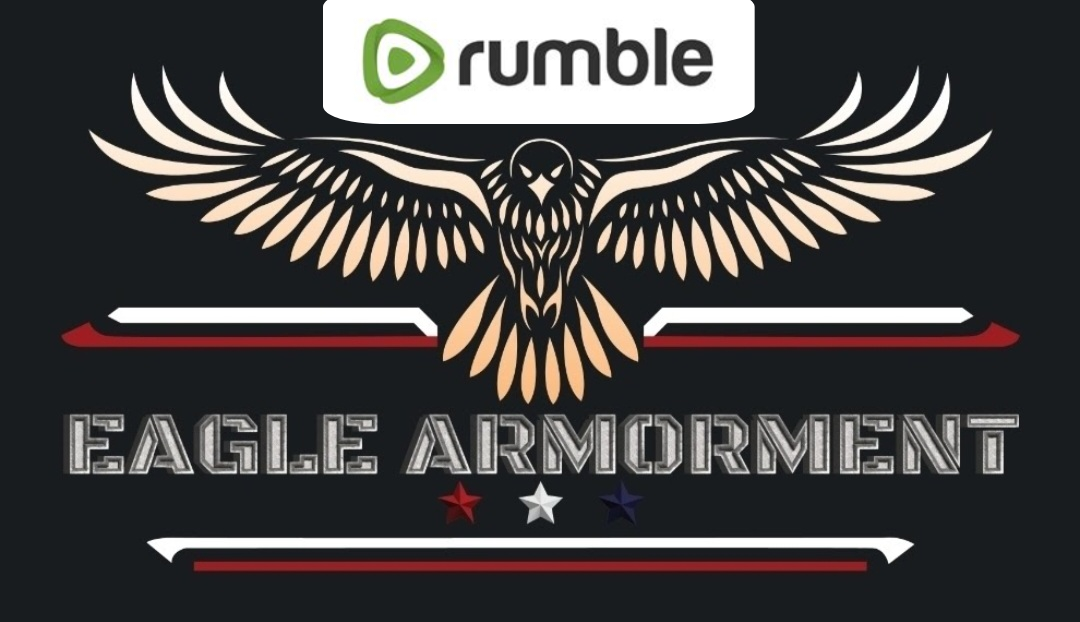Plating Firearms: Advantages, Disadvantages, and Comparison with Other Coatings
Posted by Eagle Armorment on Jan 7th 2025
When it comes to firearm finishes, the coating is not just about aesthetics—it plays a crucial role in protecting the weapon from corrosion, wear, and environmental damage. Among the popular options are plating, Cerakote, and bluing (hot and cold). Here, we explore the advantages and disadvantages of plating firearms compared to these coatings and discuss the best choice for a daily carry firearm in terms of durability.
Plating Firearms
Plating involves applying a layer of metal, such as nickel, chrome, or gold, to the firearm's surface. This process can be done through electroplating or electroless plating.
Advantages
- Superior Corrosion Resistance:
- Plating, particularly with materials like nickel or chrome, provides excellent protection against rust and moisture, making it ideal for firearms used in humid or wet environments.
- Hardness and Wear Resistance:
- Chrome and hard-nickel plating increase surface hardness, reducing wear from frequent handling, holstering, and firing.
- Enhanced Aesthetics:
- Plated finishes, such as polished chrome or gold, give firearms a premium and highly reflective appearance.
- Smooth Surface:
- Plating can fill minor surface imperfections, creating a smooth and slick finish that enhances cleaning and maintenance.
- Longevity:
- Plated finishes, especially hard chrome, can last decades with proper care.
Disadvantages
- High Cost:
- Plating is generally more expensive than other coatings due to the specialized equipment and labor-intensive process.
- Chipping:
- If improperly applied, plating can chip or peel, especially around edges or areas of frequent wear.
- Weight:
- Plating adds a slight amount of weight, which may be a concern for certain lightweight firearms.
- Limited Color Options:
- Plated finishes are usually metallic (silver, gold, etc.), offering fewer customization options compared to coatings like Cerakote.
Cerakote
Cerakote is a ceramic-based coating that is applied to the firearm and cured at high temperatures.
Advantages
- Exceptional Durability:
- Cerakote resists wear, scratches, and impacts, making it an excellent option for firearms exposed to rough handling.
- Corrosion Resistance:
- It provides superior protection against rust, outperforming many traditional finishes, including some types of plating.
- Wide Color Options:
- Cerakote is available in hundreds of colors and patterns, offering endless customization possibilities.
- Heat Resistance:
- Ideal for firearms that experience high temperatures during use, such as suppressors or barrels.
- Thin Application:
- Cerakote adds minimal thickness, preserving the firearm's tolerances and fit.
Disadvantages
- Labor-Intensive:
- The application process requires meticulous surface preparation and curing, increasing labor costs.
- Not as Lustrous:
- While durable, Cerakote does not have the reflective sheen that some plated finishes offer.
- Professional Application Required:
- DIY applications may result in uneven coatings or reduced durability.
Bluing
Bluing is a chemical process that creates a thin oxide layer on steel, offering moderate protection against corrosion.
Hot Bluing
Hot bluing involves immersing steel in a hot alkaline solution.
Advantages
- Classic Appearance:
- Provides a deep, rich blue-black finish that is traditional and visually appealing.
- Good Rust Protection:
- Offers decent resistance to moisture when paired with proper oiling.
- Cost-Effective:
- Cheaper than plating or Cerakote for larger-scale applications.
Disadvantages
- High Maintenance:
- Requires regular oiling to prevent rust, especially in humid environments.
- Less Durable:
- Susceptible to wear and scratches over time.
- Limited to Steel:
- Only works on steel surfaces, excluding firearms with aluminum or polymer components.
Cold Bluing
Cold bluing is a simpler, do-it-yourself method that uses a chemical solution to create a blued finish.
Advantages
- Easy to Apply:
- Suitable for small repairs or touch-ups without professional help.
- Affordable:
- Inexpensive and widely available.
Disadvantages
- Inferior Protection:
- Offers minimal corrosion and wear resistance compared to hot bluing or other coatings.
- Short Lifespan:
- Wears off quickly, especially with frequent handling.
Comparing Coatings for Daily Carry Firearms
Durability
For a daily carry firearm, durability is paramount due to constant exposure to holsters, sweat, and environmental elements. Here’s how the options compare:
- Cerakote: Outstanding durability against scratches, sweat, and abrasion, making it the best option for daily carry firearms.
- Plating: Hard chrome plating offers excellent durability, but nickel plating may show wear over time.
- Hot Bluing: Moderate durability but requires regular maintenance.
- Cold Bluing: Least durable, suitable only for temporary fixes.
Corrosion Resistance
- Cerakote: Exceptional corrosion resistance, ideal for humid climates.
- Plating: Nickel and chrome plating also excel in resisting corrosion but are costlier.
- Hot Bluing: Decent when paired with regular oiling.
- Cold Bluing: Minimal protection, not suitable for daily carry.
Aesthetics
- Plating: Shiny and reflective, appealing to collectors or ceremonial use.
- Cerakote: Versatile with endless design possibilities.
- Bluing: Classic and traditional, suited for vintage firearms.
Conclusion
For a daily carry firearm, Cerakote stands out as the best option due to its unmatched combination of durability, corrosion resistance, and customization potential. While plating offers excellent durability and a polished look, its higher cost and susceptibility to chipping may be drawbacks for daily use. Bluing, especially hot bluing, provides a classic appearance but requires more maintenance and is less durable overall.
Ultimately, the choice of coating depends on the firearm's purpose, environmental exposure, and personal preferences. For maximum protection and practicality, Cerakote is the clear winner for modern daily carry firearms.



